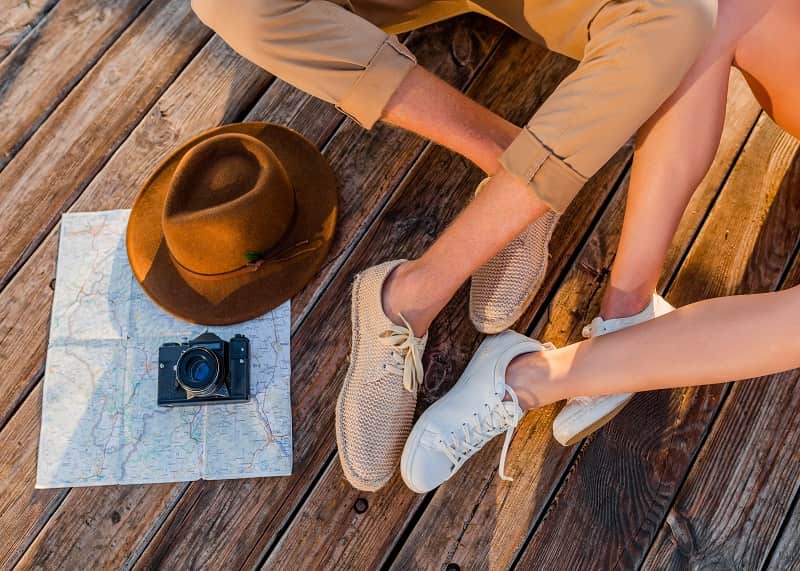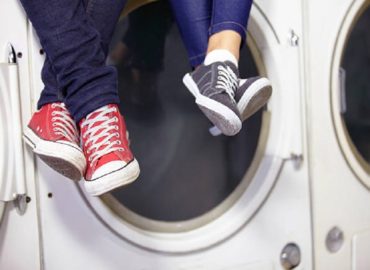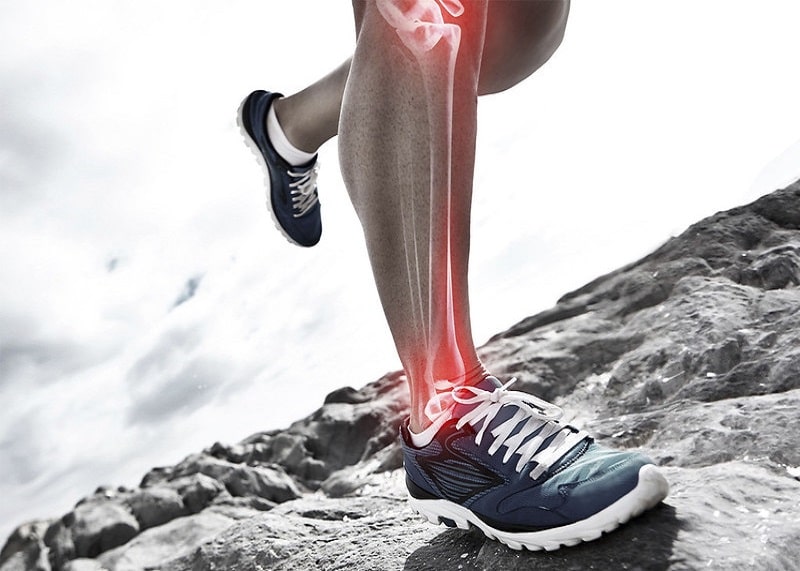Today’s Topic Is very Important How To Break In Shoes? Have you ever purchased a new pair of shoes only to see that they kill your feet? Well, do not take them back. They can be fixed entirely by splitting them in. You aren’t hurting them, but you are obtaining them used to your feet. Here are some suggestions on How To Break In Shoes? that should support molding the new Breaking In Shoes to fit your feet.
You Might Also Like ⇒
- Best Black Sneakers
- Best Sneakers For Standing All Day
- Best Shoes For Standing All Day
- Reebok Sneakers For Women
- Best Dress Shoes For Men
- Best Dress Shoes For Plantar Fasciitis
- Comfortable Dress Shoes For Women
- Best High-Impact Sports Bra
- Best Sports Bras
- Most Comfortable Running Shoes
- Best Running Shirts
- Best Stability Running Shoes
- Best Summer Running Socks
- Best Socks For Summer
- Best Running Shoes For Bad Knees
- Best Marathon Shoes For Women
4 Best Way To Break In Shoes In 2023
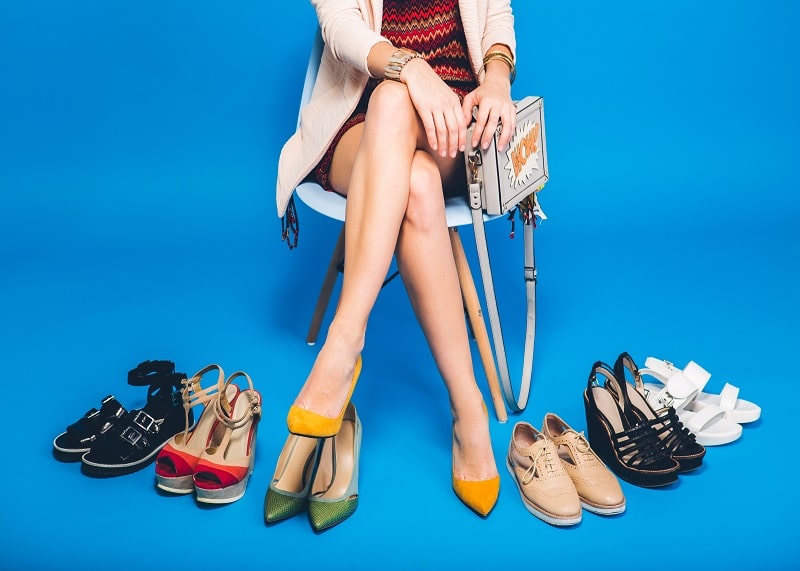
1. Wearing Around The House (Breaking In Shoes)
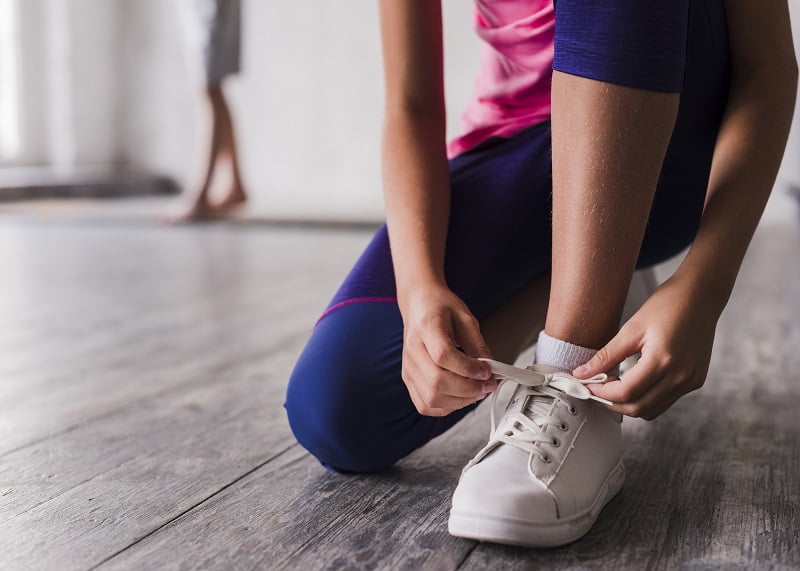
- Wear Your New Shoes Around The House. Before you run out in them, try Walking-Upstairs, standing around, Sitting-Down, & even running. This is the most accepted method for Quickly & Lightly Breaking In Shoes. This method is the safest to try if you have nice Leather or Dress shoes — shoes that you would be discouraged to see Scuffed, Altered, or even discolored.
- Wear Your Shoes A Little & Often At First. When you test out new shoes before you have purchased them, you Seldom-Walk away with sore feet. That’s because you have not donned your shoes for long enough to cause pain. So, when Breaking In Shoes at home, wear early, wear often, & do not feel like you need to put your boots on for hours at a time to detect a difference. Start with sporting your shoes for 10 minutes at the point in the beginning. Try this for a couple of days. Gradually, model your boots for 10 minutes more, every couple of days, until you wear the shoes for an hour at a time. By this time, the shoe should be tamed!
- Bring Your Shoes To Work. Wear some old shoes to work, but when you are sitting at your desk, Bust-Out your new ones & get in the practice of having them on your paws. This is an easy way How To Break In Shoes while saving time.
- Wear Them With Socks. This way, you can tell if you require socks when you use them. This can also stop blistering when acquiring used-to-new shoes.
- Wear your shoes with socks that are a little bigger than you usually would. Try thick Cotton-Socks, & stuff them into the boots. Do not do any serious walking, or you will provide yourself with blisters. Just keep your paws in the shoe. The size of the sock will support space out of the frame.
2. Freezing Shoes (Blisters From Shoes)
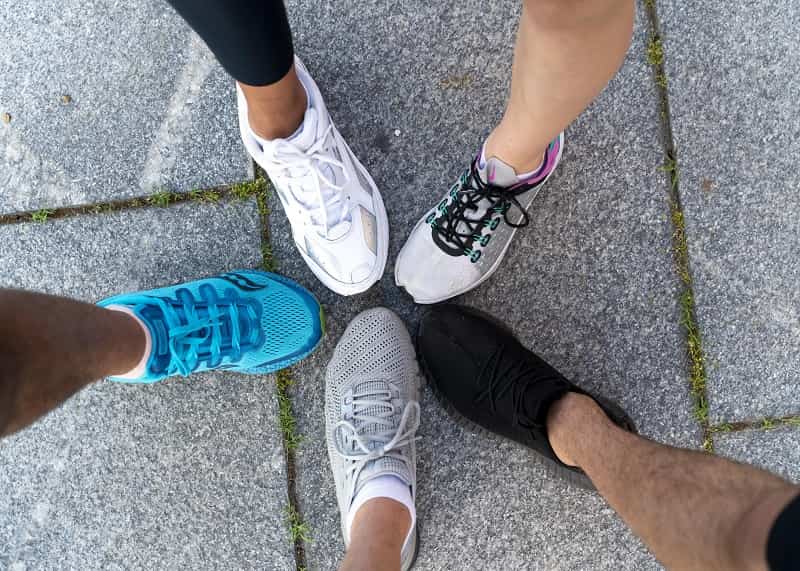
- Fill Up Two Sandwich Bags Halfway Full of Water. Please secure the Big-Enough bags to put a strain on the shoe when they develop in the freezer. When you seal the Plastic-Bag, remove any Air-Inside, inside the pack. This will make molding the water inside the bag more comfortable for the shape of your shoe.
- This method will apply by placing your shoes in the freezer for an extended period when they may get wet. Be sure that the shoes you use with this process are not irreplaceable or exposed to water damage.
- Place One of The Baggies In Each Shoe. Make sure that the seal is Tightly-Locked. You do not like your boots wrapped in ice when you pull them from the freezer.
- Put The Shoes In A Bigger, Sealed Plastic Bag & Place Them Into The Freezer. Your shoes should possess a smaller Plastic-Bag inside the cavity & a larger one guarding them against Outside-Moisture.
- Wait For 3-To-4 Hours. When the water inside the Shoe-Freezes, it expands, putting force on the cavity in the Shoe & Breaking them in. The benefit of using water as fought a Shoe-Stretcher is that the water will ultimately adjust to the outlines of the inside of your shoe.
- Take The Shoes Out of The Freezer. The Water-Filled baggies should now be Solid-Ice.
- Take The Baggies Out of Your Shoe. You may have to wait a few minutes to slide them out faster.
- Try On Your Shoes. Once the boots have Warmed-Up, try walking in them & even running & jogging in them if they are Athletic-Shoes.
3. Heating Shoes Up (Break In Shoes)

- Wear The Shoes For 10 Minutes. Get the shoes on your paws, preferably with socks, & walk around for No-More than 10 minutes. This is to get them prepared.
- Take The Shoes off & Stretch Manually. If the shoe passes, bend it upwards & downwards a Few Times.
- Blast The Shoe With Heat. Heating the shoe will develop the material, especially if it’s leather, creating it more supple.
- Use a Hair-Drier, turn to a Hot-Setting, & Heat the Shoe-Up for 2-To 3-Minutes.
- If you do not have a Hair-Drier, try placing your shoe next to an Indoor-Heater or even directly out in the sun. Some warmth is better than No Heat.
- Immediately After Heating, Wear Shoes. Wear them for another 10 minutes, Walking, Sitting, or Running.
- Repeat At Least One More Time. Your shoes will be tangibly better comfortable after a pair of Heat-Treatments.
4. Other Methods (How To Break In Shoes of 2022)
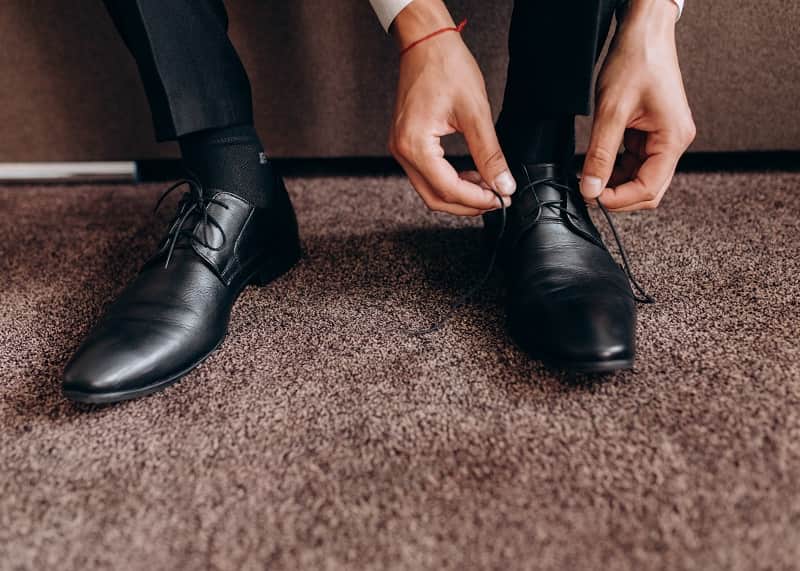
- If Possible, Buy A Shoe Stretcher. These can help your shoes get a little Less-Tight. If you do not want to purchase a stretcher, taking the shoe by the heel & The tip & flexing it back & Forth-Works is just fine.
- Please ensure you wear your shoes after using the Flex-Method, or your boots will Lose-Shape!
- Use A Potato. Peel a Large-Potato & leach some moisture off with a paper towel. Place the potato inside the hole of the shoe & leave overnight. Remove in the morning.
- Ensure the potato is Slightly-Bigger than the shoe’s slot but not so big that it distorts the Toe-Box out of shape. You may be required to carefully clear a portion of the potato to track the shoe’s body while providing the material a Little-Stretch.
- Purchase Some Stretching Spray. Spray the shoes with some stretching keys, following the teachings on the packaging. Most of the time, teachings recommend manually pulling the shoe back & forth BTW sprays.
- Get A Cobbler To Machine-Stretch Shoes For You. Americans spend nearly $2 million on shoe trying per year. A cobbler will spread the shoe with a stretching key & then push it over a machine for a team of hours while it dries. This should not cost more than $20.
- Avoid These Gimmicks. Some Shoe-Stretching techniques, quite nice leather ones, do not work or are harmful to your shoes. Avoid the following Breaking In Shoe procedures:
- You are applying rubbing alcohol on your shoes. Alcohol can leave Ugly-Marks on nice leather shoes and rob the leather of its natural oils.
- It was striking the shoes with a hammer or another Hard Object. Hammering the rears of shoes could work, but at what cost? Is it worth it to have Break In Shoes that are broken?
- Have somebody with more Giant-Feet blisters from shoes. Having someone with more Giant-Feet break your boots is corrupt & ineffective. Not only are you putting the responsibility of pain on another person, but you are also allowing the shoes to conform to their feet, not your own! Avoid.
Why Trust Us?
We fully know how tough it is to search for trustworthy shoe advice, & that’s one of the chief reasons we built FootwearCorner. We live for outdoor & indoor adventure, also we take these reviews and guides very sincerely. Here are some of the logic you can trust:
- Our choices are fully independent & based on personal and market experience.
- We have logged over 10,000 trail miles & test outdoor equipment for a living.
- We own & field test every shoe product we suggest, which is dismally not the norm.
- We visit Industry-Trade shows to hear about future product innovations.
- We regularly update our reviews & guides when the latest products launch.
- We treat our certificates as if they were for our friends & family.
- We are Life-Long learners & we are always open to helpful criticism. We would love to hear your feedback if you consider we missed a product or got something incorrect.

